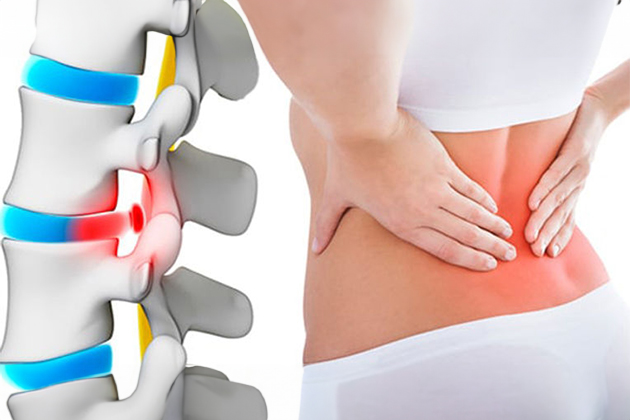
Cerebellar Descent (Chiari Malformation)
Cerebellar descent, also known as Arnold-Chiari malformation (ACM), occurs when parts of the cerebellum called “tonsils” shift towards the spinal canal. This causes the cerebellum and brainstem to be compressed within the spinal canal, leading to various neurological symptoms.
Symptoms
- Headache: Headaches felt at the back of the head, especially exacerbated by coughing and sneezing.
- Hydrocephalus: Accumulation of cerebrospinal fluid (CSF) above the blockage, which can cause severe headaches.
- Syringomyelia: Expansion of the spinal canal, leading to loss of sensation, strength, and pain and temperature sensation in the arms.
- Neurological Symptoms: Gait disturbances, involuntary eye movements (nystagmus), difficulty swallowing liquids, and nasal speech.
- Sensory Loss: Particularly loss of sensation and temperature in the arms.
- Muscle Weakness: Loss of strength in the arms and unnoticed burns on the limbs.
Diagnosis
Diagnosis is typically made through Magnetic Resonance Imaging (MRI). Since Chiari malformation can cause cysts in different parts of the spinal cord, MRI of the neck, back, and lumbar regions may also be necessary.
Treatment
Non-Surgical Treatment
- Monitoring: In mild cases where compression is not pronounced, patients may be monitored without surgical intervention.
Surgical Treatment
- Decompression: The main surgical principle is to relieve the compressed area. This involves removing the posterior bone of the skull base and the first cervical vertebra to achieve relief.
- Shunt Placement: For patients with persistent fluid accumulation in the brain or spinal cord (hydrocephalus and syringomyelia) despite surgery, a system called a “shunt” is placed to drain the fluid into body cavities.
Prognosis
Early diagnosis is possible since the symptoms of the disease are often noticeable. Patients diagnosed early can continue their normal lives without functional loss. However, in cases where treatment is delayed and the condition progresses, severe neurological conditions such as significant gait disturbance, loss of manual dexterity, and swallowing difficulties can develop.
Follow-Up and Rehabilitation
Regular follow-up of patients post-treatment and their inclusion in necessary rehabilitation programs is important for maintaining long-term health and quality of life.
Frequently Asked Questions
Symptoms vary depending on the degree of herniation and the pressure on nerve structures. Common symptoms include headaches that worsen with coughing, sneezing, or straining, neck pain, balance and coordination problems, muscle weakness and numbness, vision and hearing impairments, dizziness and balance issues, difficulty swallowing, and speech disorders.
Symptoms vary depending on the degree of herniation and the pressure on nerve structures. Common symptoms include headaches that worsen with coughing, sneezing, or straining, neck pain, balance and coordination problems, muscle weakness and numbness, vision and hearing impairments, dizziness and balance issues, difficulty swallowing, and speech disorders.
Chiari Malformation is usually diagnosed through neurological examination and magnetic resonance imaging (MRI). MRI provides a detailed view of the herniation of the cerebellum and brainstem and their relationship with the spinal cord. Additionally, computed tomography (CT) can help evaluate brain bone structures.
Treatment depends on the severity of symptoms and the type of Chiari malformation. Asymptomatic cases typically do not require treatment and regular follow-up is sufficient. Symptomatic cases may require surgical intervention (e.g., posterior fossa decompression) to relieve pressure on the cerebellum and brainstem. Pain relievers and physical therapy can also be used to manage symptoms.

